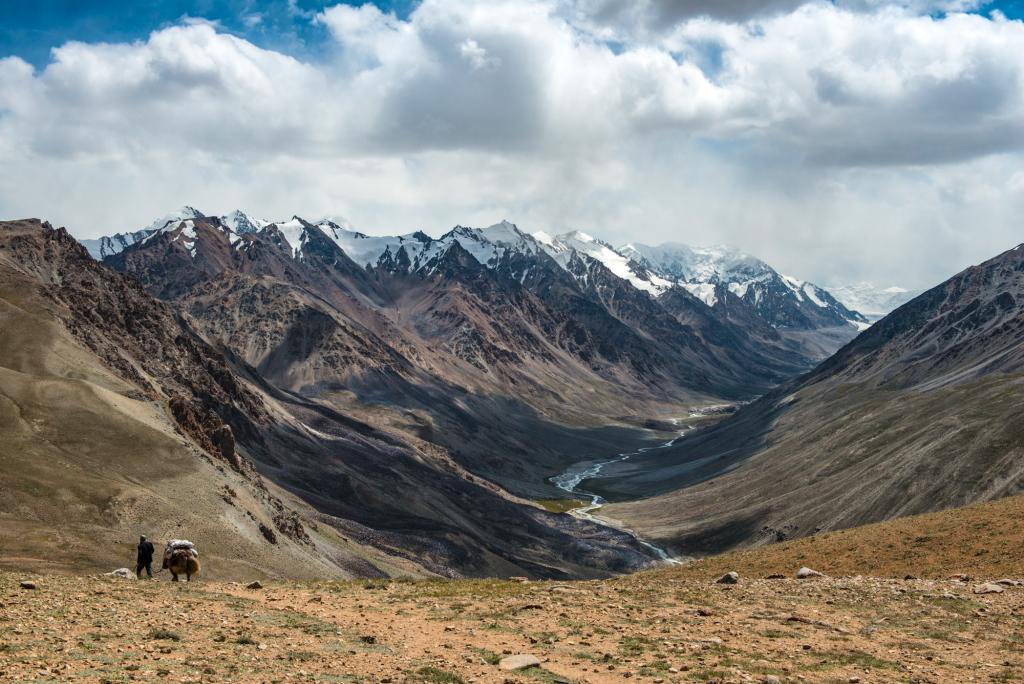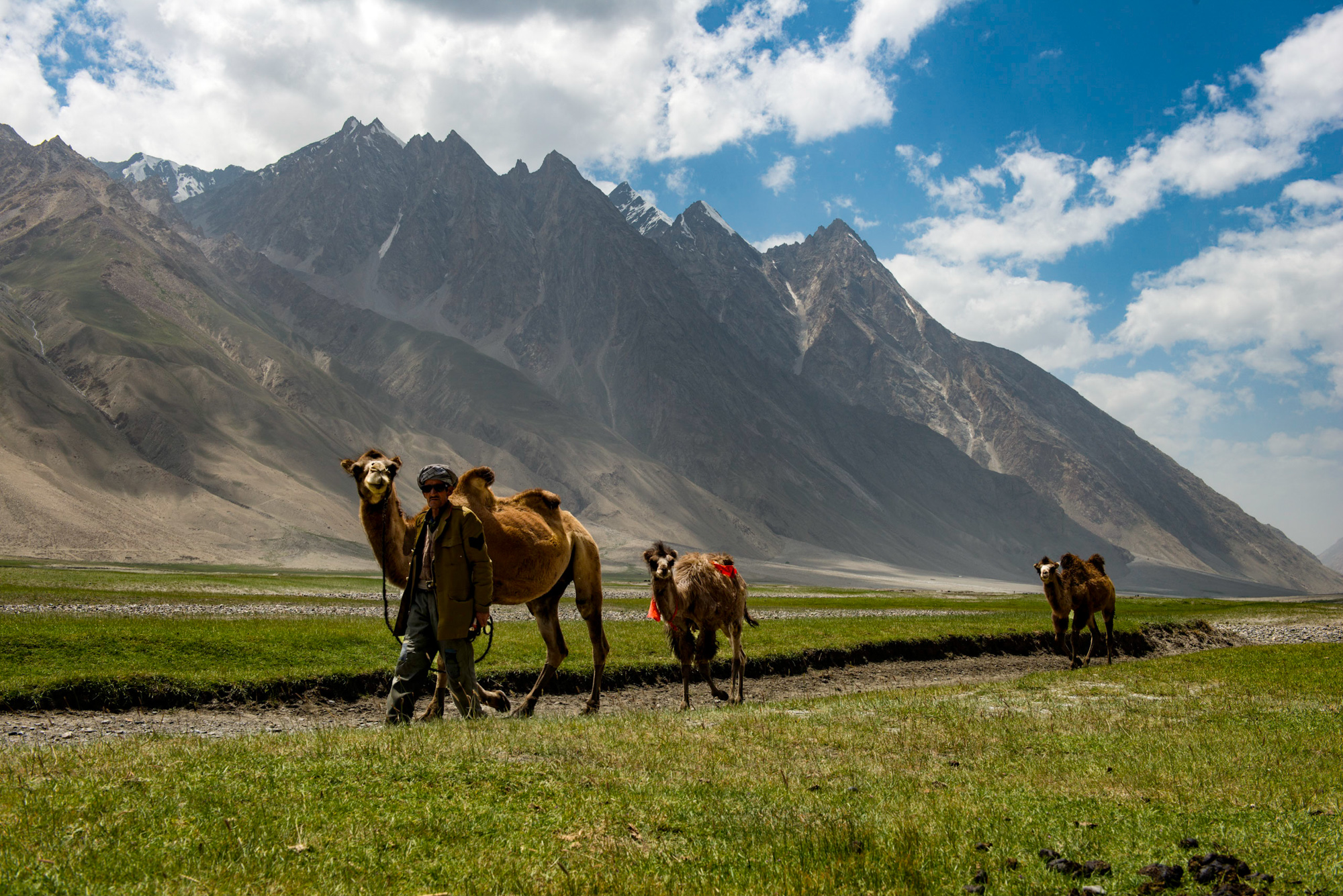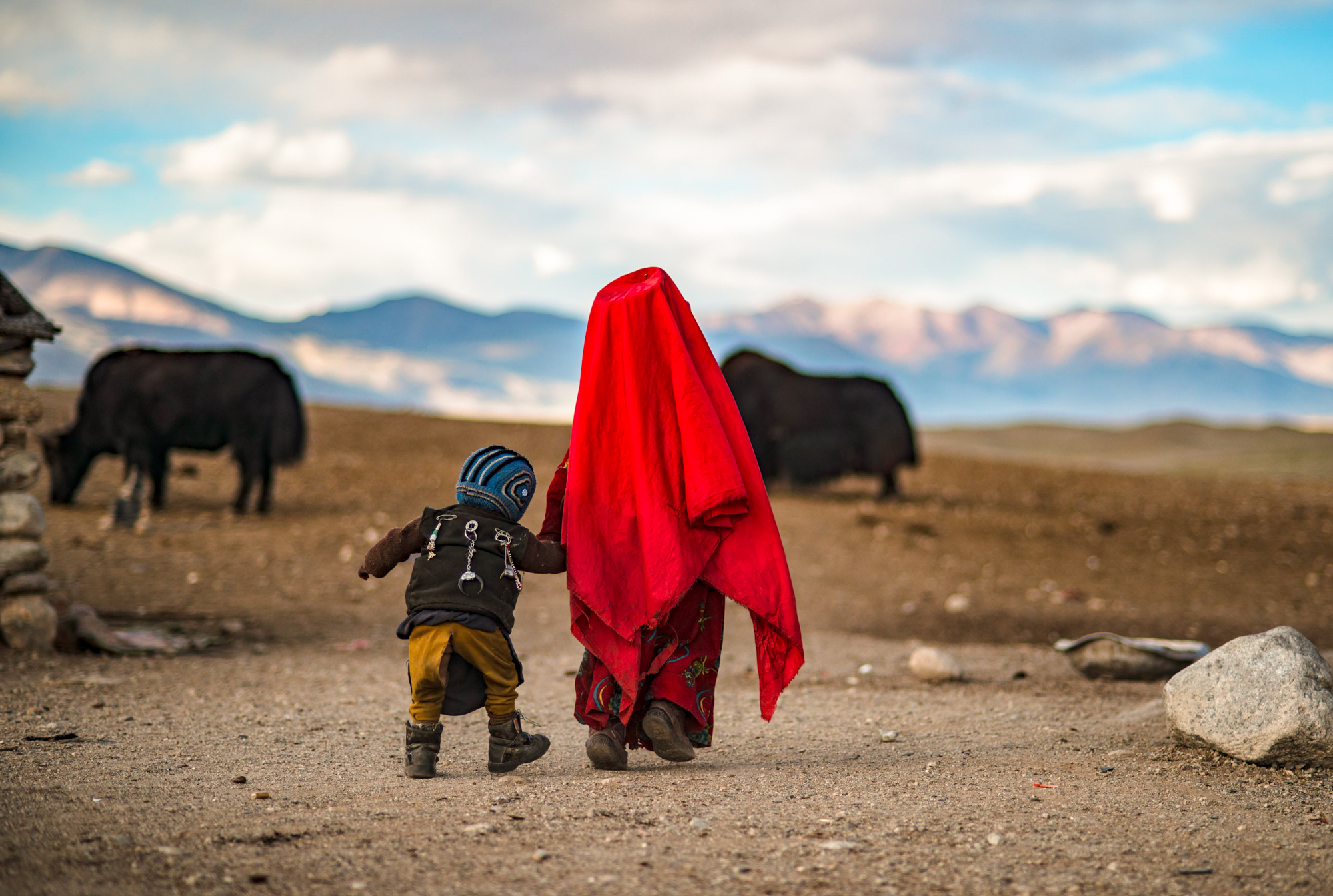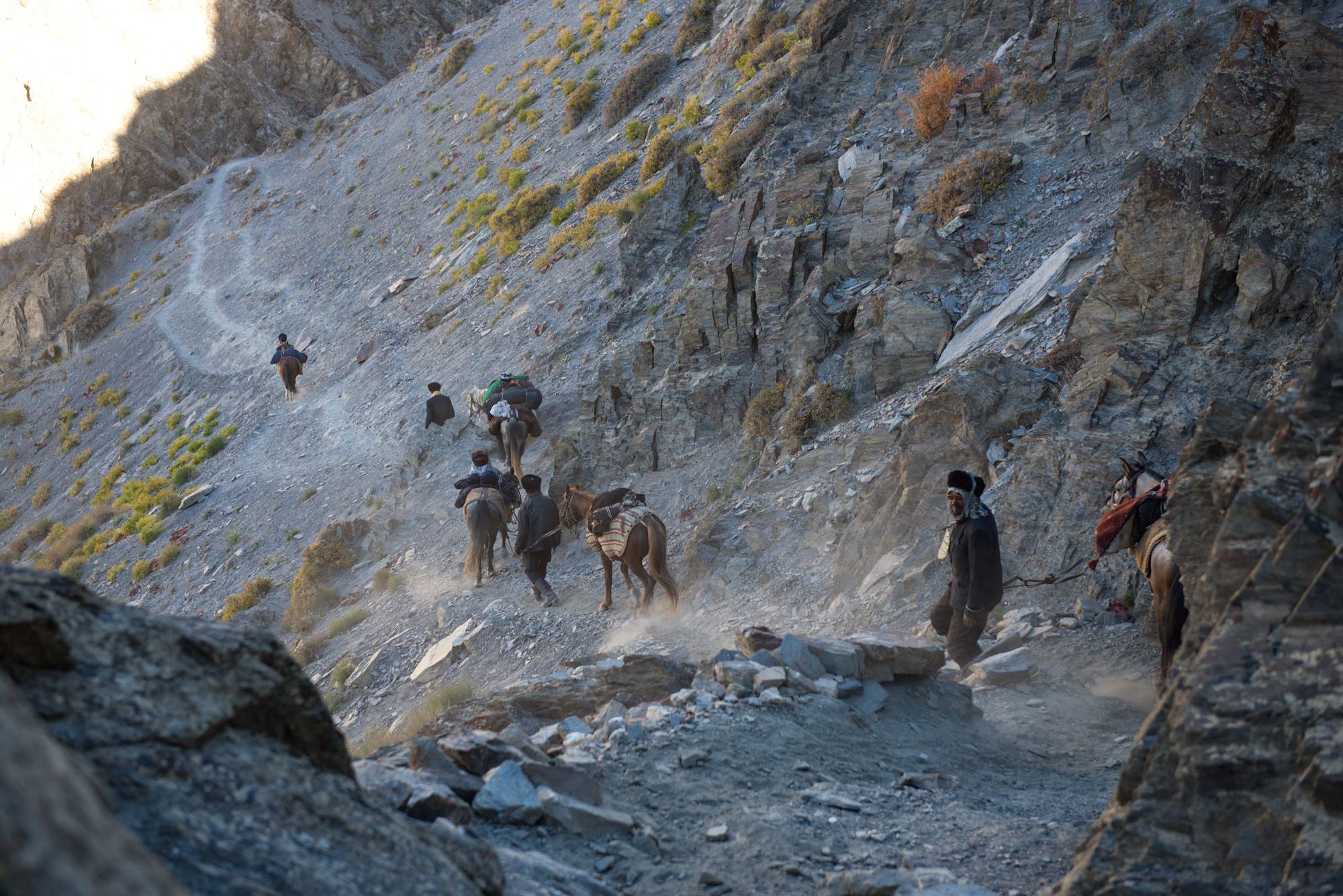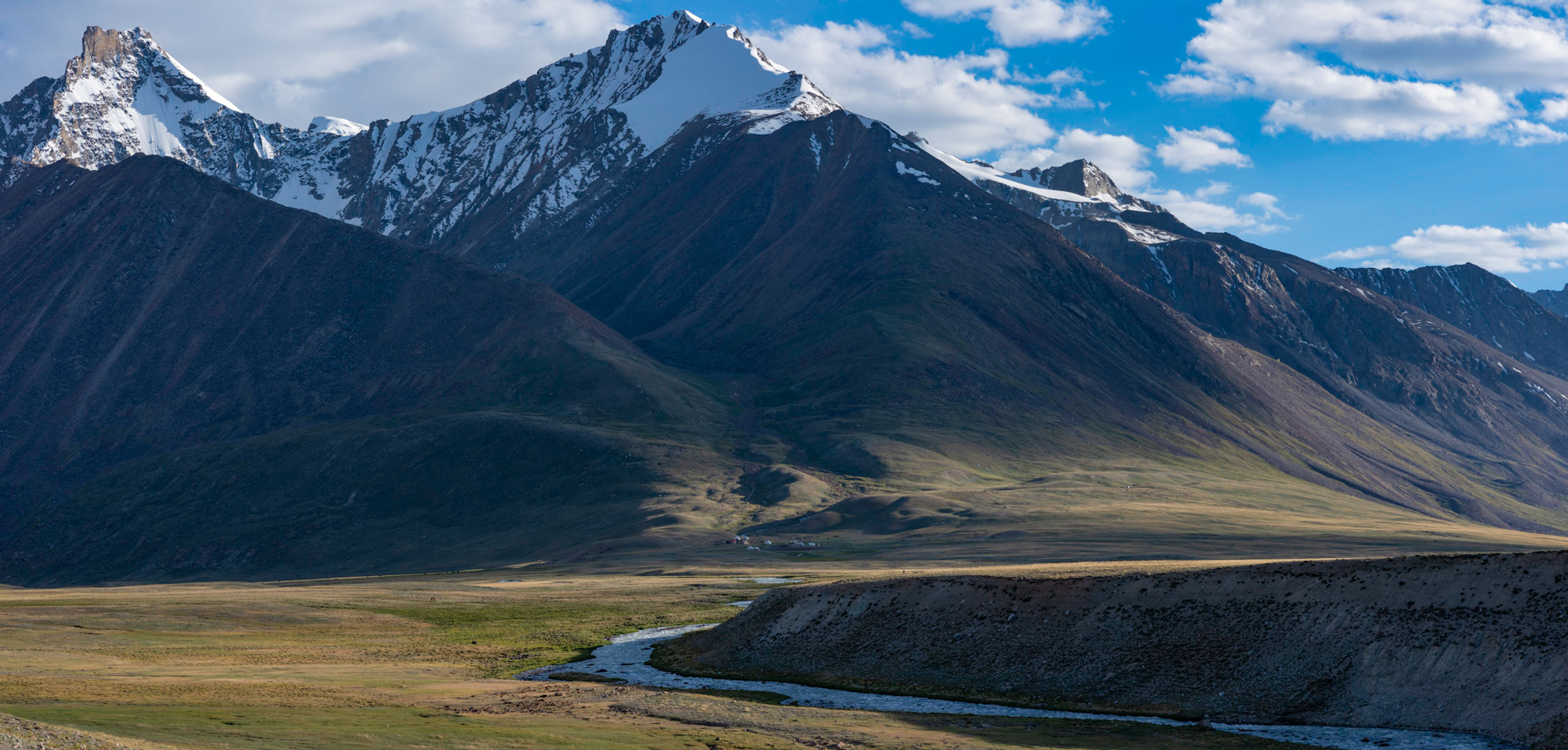The Afghan Pamirs occupy a peculiar place in Central Asian imaginaries as a “remote” haven for esteemed and/or backward ethnic Kyrgyz who fled Tsarist and then Bolshevik troops and sought refuge in an unfriendly environment. The stories, images and fantasies about the Afghan Kyrgyz have long attracted my curiosity and I have gone there every year since 2015, when I was given permission to enter from neighboring Tajikistan.
In the Afghan Pamirs’ high-altitude environment – marked by an average of only two months above freezing point – people’s existence is threatened by an extremely low life expectancy and the world’s highest infant mortality rates. However, through time and their resilient occupation, the people living in the Afghan Pamirs also found the region provided considerable opportunities.
During my time there to conduct research, I will walk and talk with traders, politicians and development workers in order to understand the motivations of the difficult journeys that they undertake for apparently meager and unpredictable profits, making sense of what I apprehend through the photographs that I take.
Throughout my research, the anthropology and sociology faculty gave me excellent advice. I chose to follow pathways as an approach helped by discussions with Professor Jean-François Bayart. With the aid of Professor Alessandro Monsutti and Research Fellow, Till Mostowlansky, I found a focus on issues of space, mobility and power, as well as the entanglement of different scales of interaction. My research was also greatly influenced by Professor Patricia Spyer’s course in Visual Anthropology.
I have returned to the region for the end of winter, which is critical for pastoralists, since resources are scarce and abrupt shifts in weather conditions can devastate herds up to half. During this time, I will try to understand the outlook of migration and mobility at large in a time of climate change, as felt and perceived by the people in the Afghan Pamirs.
All photos are © Tobias Marschall.


